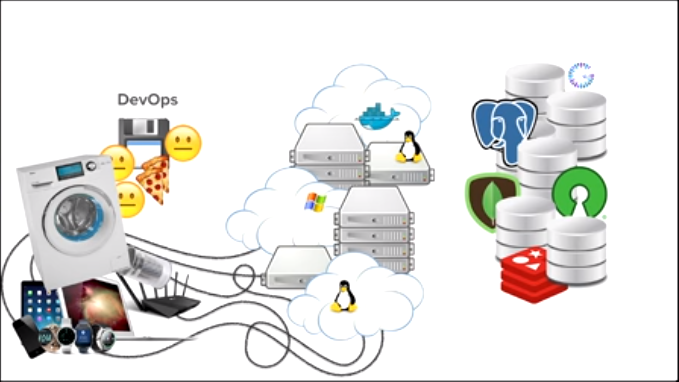Hong Kong International Computer Conference
Ref:
Date: 1/11/2017 14:30 Venue: HKCEC, S227 & S228
| Time | Agenda | Speaker |
|---|---|---|
| 14:00-15:00 | Workshop A1 by IBM, Go Beyond Artificial Intelligence with IBM Watson | Samson Tai |
| 15:30-16:30 | Workshop A2 by Microsoft, Building an AI-powered application in 30 minutes | Feud Sheu |
| 16:30-17:30 | Workshop A3 by EMC, Cloud Native Applications – The new normal in Software Development | Roy Cheung |
AI with Watson
AI includes
- text to speech
- speech to text
- visual recognition
- can find a picture in a video
- tag the people ages
- upload a photo can recognize it
IBM Bluemix
- a service inside Bluemix: Watson VR
- create a VR instance, each with a APIKey
- can recognize 250 photos/day free of charge
Python
- favor of many data scientists, since easy to use
- installed packages by pip (python install package)
- e.g. pip install watson_developer_cloud
- IDE Jupyter, can run code dynamically in a document
Link:
- Cognitive class
- Watson Visual Recognition
- IBM's Watson Supercomputer Destroys Humans in Jeopardy
- TJBot
Building an AI-powered application in 30 minutes
Aim: Democratized AI - make it popular for everyone
Microsoft AI components
- Bot framework
- Cognitive toolkit/service
- ...
Classifier
- e.g. EA1 team, car, Sushi, ...
- upload a zip of photos to train the AI
Microsoft Azure Machine Learing Studio
- https://studio.azureml.net/
- login: [email protected]
- experiments + data --> predictive web service
- Telco Customer Churn, use this AI to build a churn model enables you to predict the customers that will churn (leave).

Ref:
Cloud Native Applications
Agile: welcome change
Conway's Law
Any organization that designs a system (defined more broadly here than just information systems) will inevitably produce a design whose structure is a copy of the organization's communication structure.
Cloud native app
- not implies it is running on the cloud, but
- follows certain process/practices, e.g. CI/CD, DevOps, ...
- automate everything if possible
- fulfill twelve-factor app's criteria
DevOps


Pets vs Cattle (metaphor of cloud scaling)
- with name vs. no name
- Disposability: repair vs. replace
- ...
XaaS
- SaaS: VM + OS + DB + security + App, e.g. Gmail, Dropbox
- PaaS: VM + OS + DB + security, but no app
- IaaS: VM only, no OS
- Codebase: One codebase tracked in revision control, many deploys
- Dependencies: Explicitly declare and isolate dependencies
- Config: Store config in the environment (even stored in external properties file is not enough)
- Backing services: Treat backing services as attached resources
- Build, release, run: Strictly separate build and run stages
- Processes: Execute the app as one or more stateless processes
- Port binding: Export services via port binding
- Concurrency: Scale out via the process model
- Disposability: Maximize robustness with fast startup and graceful shutdown
- Dev/prod parity: Keep development, staging, and production as similar as possible
- Logs: Treat logs as event streams
- Admin processes: Run admin/management tasks as one-off processes
- new project, no need to integrate with legacy systems, without previous projects constraints
PCF-demo in Cloud Foundry
cf env pcfdemo -m 100 // add CF memory for pcfdemo
cf push pcfdemo // deploy app
cf app pcfdemo // check app status
